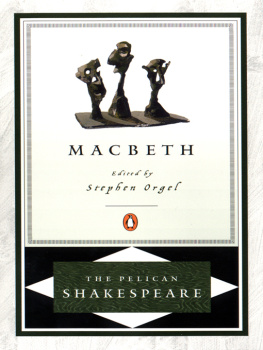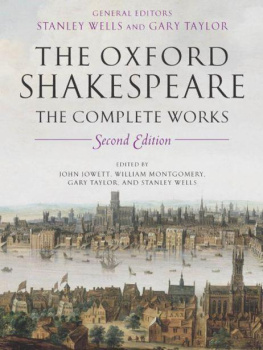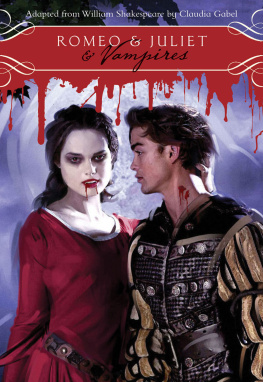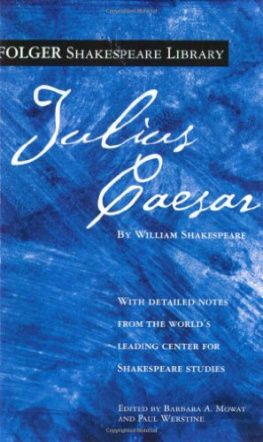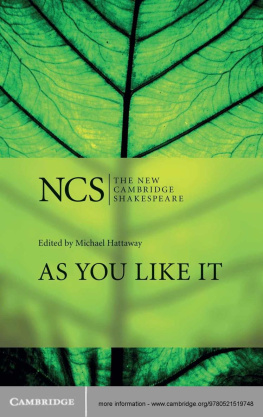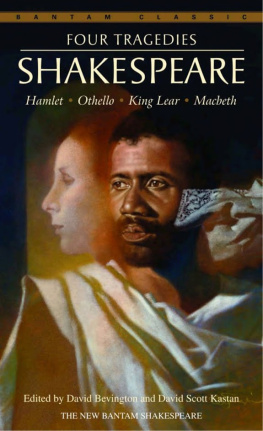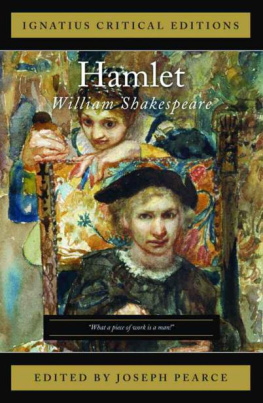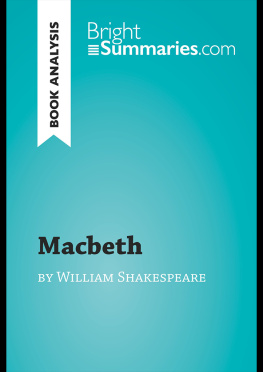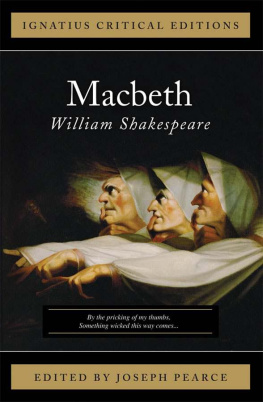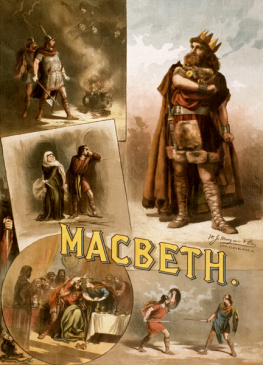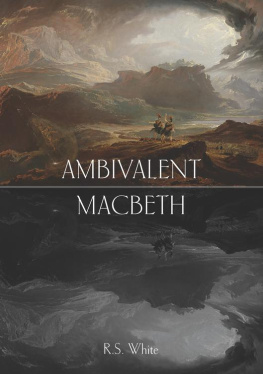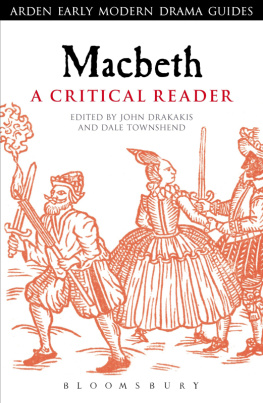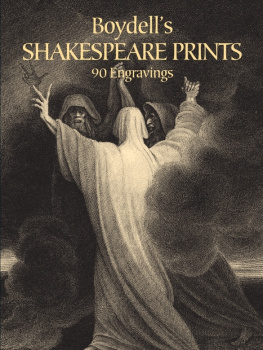William Shakespeare - Macbeth (Penguin)
Here you can read online William Shakespeare - Macbeth (Penguin) full text of the book (entire story) in english for free. Download pdf and epub, get meaning, cover and reviews about this ebook. year: 2000, publisher: Penguin Books, genre: Children. Description of the work, (preface) as well as reviews are available. Best literature library LitArk.com created for fans of good reading and offers a wide selection of genres:
Romance novel
Science fiction
Adventure
Detective
Science
History
Home and family
Prose
Art
Politics
Computer
Non-fiction
Religion
Business
Children
Humor
Choose a favorite category and find really read worthwhile books. Enjoy immersion in the world of imagination, feel the emotions of the characters or learn something new for yourself, make an fascinating discovery.
- Book:Macbeth (Penguin)
- Author:
- Publisher:Penguin Books
- Genre:
- Year:2000
- Rating:4 / 5
- Favourites:Add to favourites
- Your mark:
- 80
- 1
- 2
- 3
- 4
- 5
Macbeth (Penguin): summary, description and annotation
We offer to read an annotation, description, summary or preface (depends on what the author of the book "Macbeth (Penguin)" wrote himself). If you haven't found the necessary information about the book — write in the comments, we will try to find it.
Macbeth (Penguin) — read online for free the complete book (whole text) full work
Below is the text of the book, divided by pages. System saving the place of the last page read, allows you to conveniently read the book "Macbeth (Penguin)" online for free, without having to search again every time where you left off. Put a bookmark, and you can go to the page where you finished reading at any time.
Font size:
Interval:
Bookmark:
T HE P ELICAN S HAKESPEARE G ENERAL E DITORS STEPHEN ORGEL A. R. BRAUNMULLER
Macbeth  Ellen Terry as Lady Macbeth, 1888
Ellen Terry as Lady Macbeth, 1888
 PENGUIN BOOKS PENGUIN BOOKS Published by the Penguin Group
PENGUIN BOOKS PENGUIN BOOKS Published by the Penguin GroupPenguin Putnam Inc., 375 Hudson Street,
New York, New York 10014, U.S.A.
Penguin Books Ltd, 80 Strand, London WC2R 0RL, England
Penguin Books Australia Ltd, 250 Camberwell Road,
Camberwell, Victoria 3124, Australia
Penguin Books Canada Ltd, 10 Alcorn Avenue,
Toronto, Ontario, Canada M4V 3B2
Penguin Books India (P) Ltd, 11 Community Centre,
Panchsheel Park, New Delhi110 017, India
Penguin Books (N.Z.) Ltd, Cnr Rosedale and Airborne Roads,
Albany, Auckland, New Zealand
Penguin Books (South Africa) (Pty) Ltd, 24 Sturdee Avenue,
Rosebank, Johannesburg 2196, South Africa
Penguin Books Ltd, Registered Offices:
Harmondsworth, Middlesex, England
Macbeth edited by Alfred Harbage published in the
United States of America in Penguin Books 1956
Revised edition published 1971 This new edition edited by Stephen Orgel published 2000
Copyright Penguin Books Inc., 1956, 1971 Copyright Penguin Putnam Inc., 2000 All rights reserved
ISBN: 978-1-101-22159-4
Except in the United States of America, this
book is sold subject to the condition that it
shall not, by way of trade or otherwise, be lent,
re-sold, hired out, or otherwise circulated
without the publishers prior consent in any form
of binding or cover other than that in which it
is published and without a similar condition including this
condition being imposed on the subsequent purchaser.
New introductions and notes have been provided in all the volumes. But the new Shakespeare is also designed as a successor to the original series; the previous editions have been taken into account, and the advice of the previous editors has been solicited where it was feasible to do so. Certain textual features of the new Pelican Shakespeare should be particularly noted. All lines are numbered that contain a word, phrase, or allusion explained in the glossarial notes. In addition, for convenience, every tenth line is also numbered, in italics when no annotation is indicated. The intrusive and often inaccurate place headings inserted by early editors are omitted (as is becoming standard practice), but for the convenience of those who miss them, an indication of locale now appears as the first item in the annotation of each scene.
In the interest of both elegance and utility, each speech prefix is set in a separate line when the speakers lines are in verse, except when those words form the second half of a verse line. Thus the verse form of the speech is kept visually intact. What is printed as verse and what is printed as prose has, in general, the authority of the original texts. Departures from the original texts in this regard have only the authority of editorial tradition and the judgment of the Pelican editors; and, in a few instances, are admittedly arbitrary.
Craft guilds (or mysteries) provided religious dramamystery playsas part of the celebration of religious and civic festivals, and schools and universities staged classical and neoclassical drama in both Latin and English as part of their curricula. In these forms, drama was established and socially acceptable. Professional theater, in contrast, existed on the margins of society. The acting companies were itinerant; playhouses could be any available spacethe great halls of the aristocracy, town squares, civic halls, inn yards, fair booths, or open fieldsand income was sporadic, dependent on the passing of the hat or on the bounty of local patrons. The actors, moreover, were considered little better than vagabonds, constantly in danger of arrest or expulsion. In the late 1560s and 1570s, however, English professional theater began to gain respectability.
Wealthy aristocrats fond of dramathe Lord Admiral, for example, or the Lord Chamberlaintook acting companies under their protection so that the players technically became members of their households and were no longer subject to arrest as homeless or masterless men. Permanent theaters were first built at this time as well, allowing the companies to control and charge for entry to their performances. Shakespeares livelihood, and the stunning artistic explosion in which he participated, depended on pragmatic and architectural effort. Professional theater requires ways to restrict access to its offerings; if it does not, and admission fees cannot be charged, the actors do not get paid, the costumes go to a pawnbroker, and there is no such thing as a professional, ongoing theatrical tradition. The answer to that economic need arrived in the late 1560s and 1570s with the creation of the so-called public or amphitheater playhouse. Recent discoveries indicate that the precursor of the Globe playhouse in London (where Shakespeares mature plays were presented) and the Rose theater (which presented Christopher Marlowes plays and some of Shakespeares earliest ones) was the Red Lion theater of 1567.
Archaeological studies of the foundations of the Rose and Globe theaters have revealed that the open-air theater of the 1590s and later was probably a polygonal building with fourteen to twenty or twenty-four sides, multistoried, from 75 to 100 feet in diameter, with a raised, partly covered thrust stage that projected into a group of standing patrons, or groundlings, and a covered gallery, seating up to 2,500 or more (very crowded) spectators. These theaters might have been about half full on any given day, though the audiences were larger on holidays or when a play was advertised, as old and new were, through printed playbills posted around London. The metropolitan areas late-Tudor, early-Stuart population (circa 15901620) has been estimated at about 150,000 to 250,000. It has been supposed that in the mid-1590s there were about 15,000 spectators per week at the public theaters; thus, as many as 10 percent of the local population went to the theater regularly. Consequently, the theaters repertoriesthe plays available for this experienced and frequent audiencehad to change often: in the month between September 15 and October 15, 1595, for instance, the Lord Admirals Men performed twenty-eight times in eighteen different plays. Since natural light illuminated the amphitheaters stages, performances began between noon and two oclock and ran without a break for two or three hours.
They often concluded with a jig, a fencing display, or some other nondramatic exhibition. Weather conditions determined the season for the amphitheaters: plays were performed every day (including Sundays, sometimes, to clerical dismay) except during Lentthe forty days before Easteror periods of plague, or sometimes during the summer months when law courts were not in session and the most affluent members of the audience were not in London. To a modern theatergoer, an amphitheater stage like that of the Rose or Globe would appear an unfamiliar mixture of plainness and elaborate decoration. Much of the structure was carved or painted, sometimes to imitate marble; elsewhere, as under the canopy projecting over the stage, to represent the stars and the zodiac. Appropriate painted canvas pictures (of Jerusalem, for example, if the play was set in that city) were apparently hung on the wall behind the acting area, and tragedies were accompanied by black hangings, presumably something like crepe festoons or bunting. Although these theaters did not employ what we would call scenery, early modern spectators saw numerous large props, such as the bar at which a prisoner stood during a trial, the mossy bank where lovers reclined, an arbor for amorous conversation, a chariot, gallows, tables, trees, beds, thrones, writing desks, and so forth.
Font size:
Interval:
Bookmark:
Similar books «Macbeth (Penguin)»
Look at similar books to Macbeth (Penguin). We have selected literature similar in name and meaning in the hope of providing readers with more options to find new, interesting, not yet read works.
Discussion, reviews of the book Macbeth (Penguin) and just readers' own opinions. Leave your comments, write what you think about the work, its meaning or the main characters. Specify what exactly you liked and what you didn't like, and why you think so.

